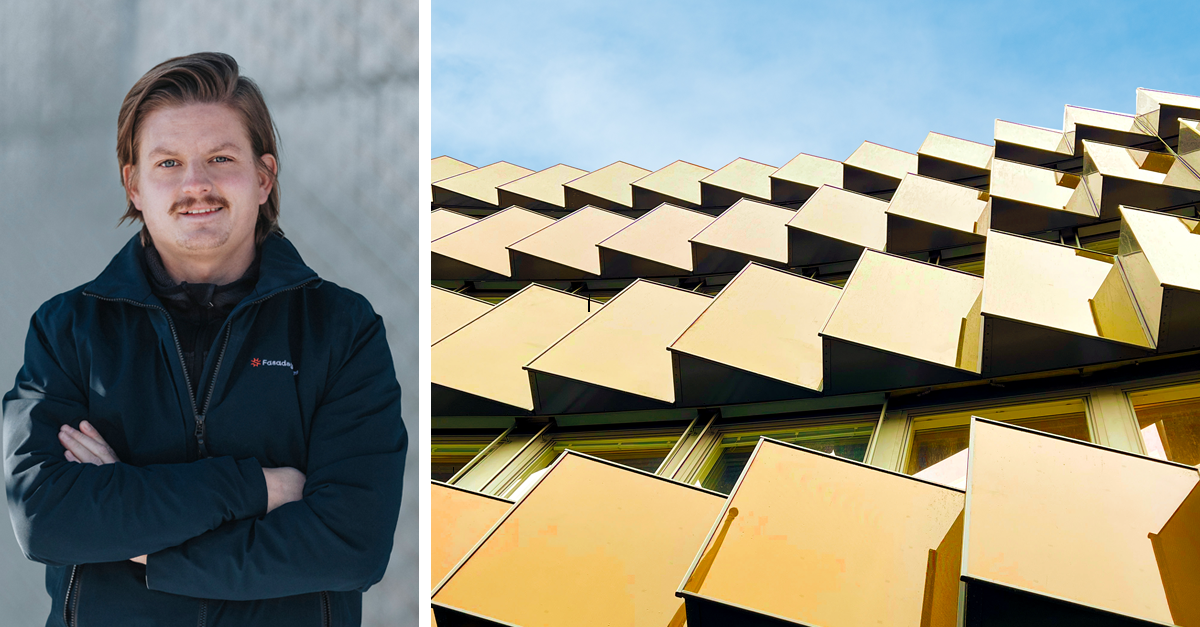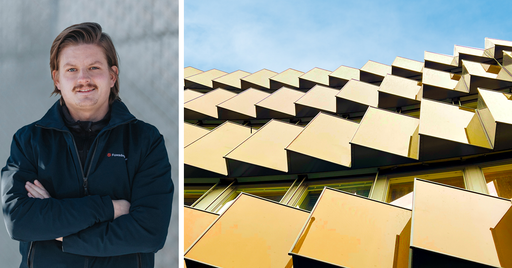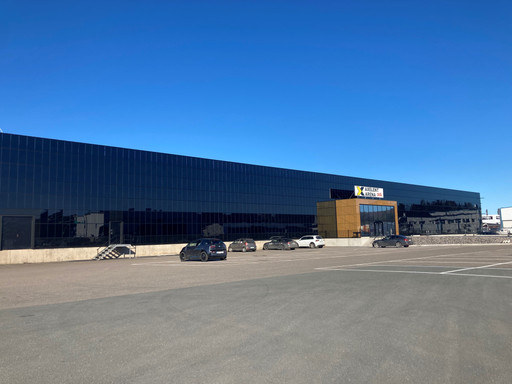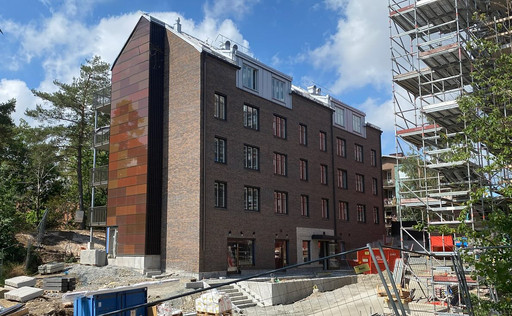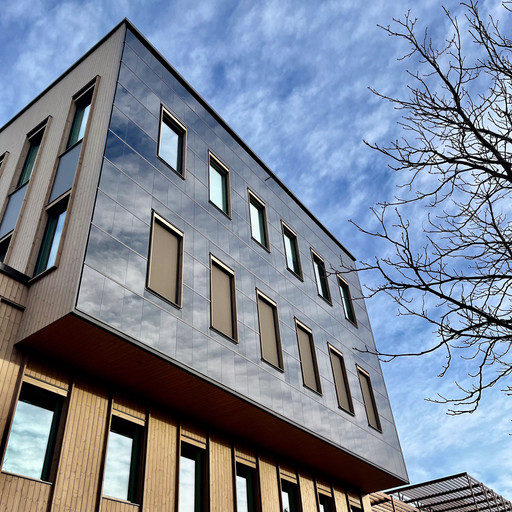Soltech: Solar facades – an important part of sustainable urban development
Solar and architecture combined. Solar facades are expected to become an increasingly important part of the development of the sustainable buildings of the future. Driven not least by upcoming EU requirements for solar energy for properties, the demand of locally produced solar electricity and growing sustainability requirements. Soltech Energy’s subsidiary Fasadsystem sees an increased demand for facade-integrated solar energy solutions and is therefore broadening its product range to meet the coming demand.
Fasadsystem is an industry leader in building-integrated solar cell facades, where solar panels replace and complement the classic facade material. The company has previously designed and installed solar facades on several larger properties, such as commercial properties, residential buildings and Sweden’s largest solar facade on a logistics property in Jönköping.
Solar facades are a solution that enables integrated energy production directly from the vertical surfaces of the building, making them an effective complement to roof-based solar panels. The solution is expected to grow as solar energy requirements for properties increase. The EU’s upcoming and stricter regulations on the energy performance of buildings emphasize that property owners will need to implement solar energy solutions from next year and onwards. This leads to Fasadsystem seeing a growing demand and therefore expanding its product range and accelerating its investment in solar facades.
– We clearly see a trend where property owners and architects are starting to look at aesthetically pleasing solar energy solutions, and we are therefore broadening and accelerating our offering of solar facades. This solution make it possible to integrate a renewable energy into the building and are a perfect alternative for larger properties, says Tommie Standerth, CEO of Fasadsystem.
Several benefits for property owners
In addition to meeting upcoming EU requirements for solar energy for buildings and generating self-generated electricity, solar facades also offer architectural opportunities. With customizable colors and designs, they can blend into the urban environment and meet specific real estate design requirements.
– Our solutions enable the combination of self-produced solar and an appealing design, such as the colourful solar facade we installed in Mölnlycke Fabriker. We are now taking the next step in our investment in offering large-scale solar facades as there is a large amount of unused façade area that could instead create great value for both property owners and the environment, concludes Tommie Standerth.
Advantages of solar facades
1. Optimized use of space
Solar facades use an area that is not otherwise used. This is particularly advantageous in urban environments where the roof area may be limited or where the existing roof structure does not allow for added weight in the form of roof-mounted solar installations.
2. Aesthetic benefits and integration in building Design
Building-integrated solar can be designed to blend in with the architecture of the building and its surroundings. Solar facades are an aesthetic and functional solution for both existing properties and new constructions.
3. Reduced energy costs and increased self-sufficiency
Solar facades produce solar electricity locally for the property’s operations. This leads to significant savings on electricity bills and reduced operating costs, especially for larger buildings.
4. Replaces other facade materials
Solar panels integrated into the facade replace traditional building materials and in turn create a seamless and climate-protective facade layer.
5. Environmental benefits and sustainable urban development
By implementing solar solutions, property owners can take a concrete step towards a more sustainable property and for a more sustainable urban development where solar energy is a central element.
Photo: Soltech/Radar Arkitektur/Gatun Arkitekter
